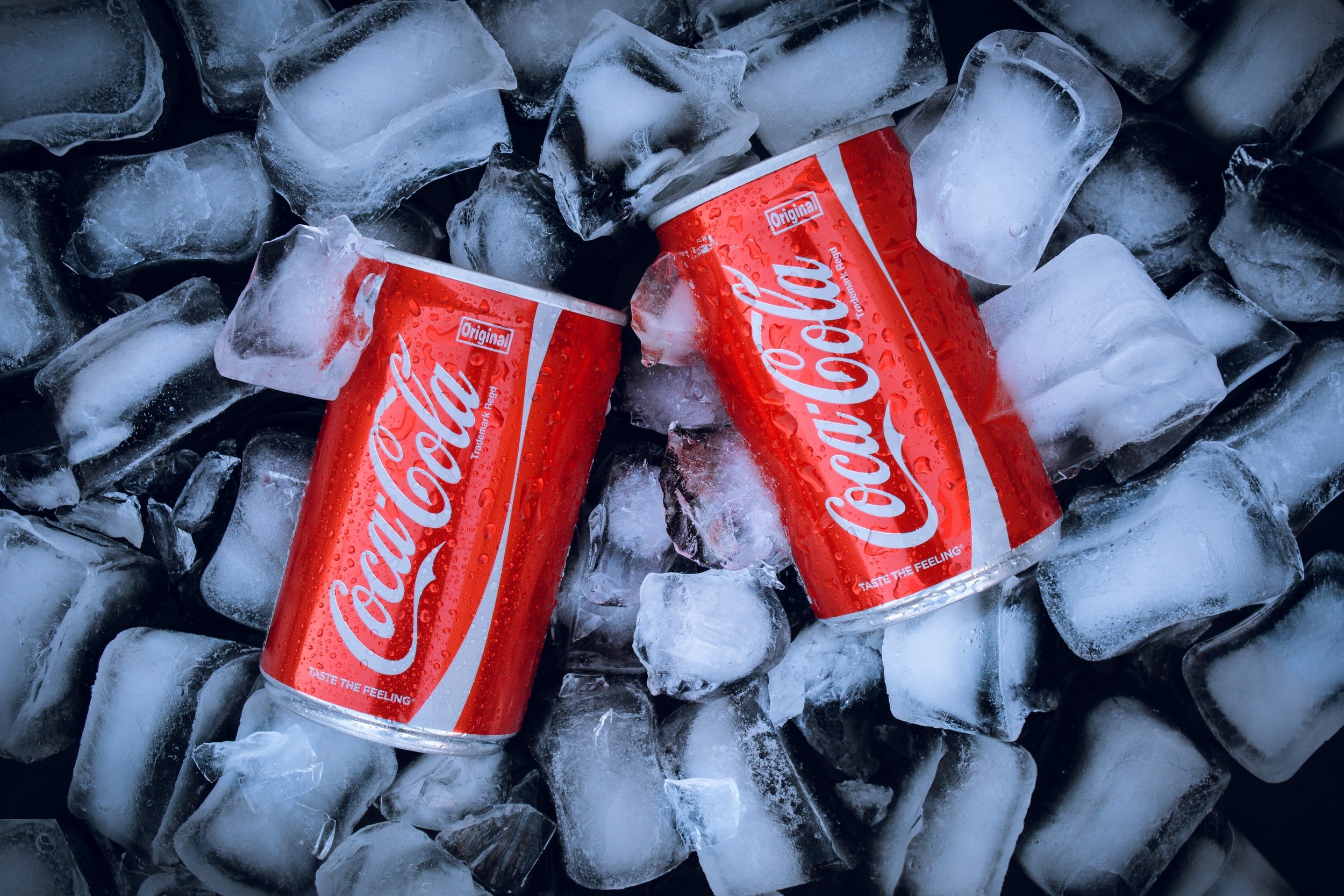Science of Soda
Have you ever opened a can of Coca-Cola and wondered where the pop and the fizz sound comes from? Well, it is actually basic chemistry! Continue reading to find out more about the science of soda.
Carbonation
The bubbles or “fizz” that bursts in your mouth is carbonation. Carbonation is when carbon dioxide (CO2) dissolves in water (H2O) or an aqueous (watery) solution. Manufacturers keep a high pressure in the can to trap CO2 molecules and keeps the CO2 from escaping. The solution inside the can from the H2O and the CO2 is called carbonic acid (H2CO3).
Chemical Reaction of Soda
The chemical reaction for soda is: H2O + CO2 ⇋ H2CO3 The reactants are H2O and CO2 and the product is H2CO3. The chemical reaction is goes two ways (as shown with the symbol). The forward reaction is when the carbonic acid is produced inside of the can when the soda is sealed. The backwards reaction is when the soda can is when the soda can opens and the pressure is released. The CO2 escapes and the carbonic acids turns back to CO2 and H2O. This reversible reaction causes an equillibrium (the concentration stays the same)
https://www.acs.org/content/acs/en/education/whatischemistry/adventures-in-chemistry/secret-science-stuff/soda-pop.
htmlhttps://chem.libretexts.org/Courses/College_of_Marin/CHEM_114%3A_Introductory_Chemistry/13%3A_Solutions/13.04%3A_Solutions_of_Gases_in_Water-_How_Soda_Pop_Gets_Its_Fizz
https://www.britannica.com/science/carbonation


